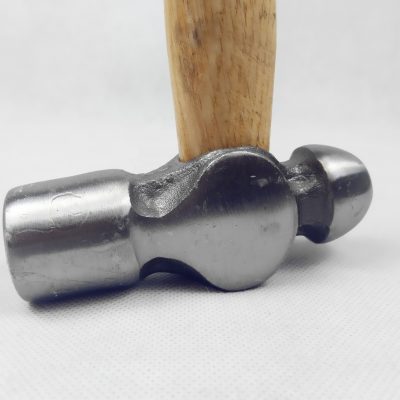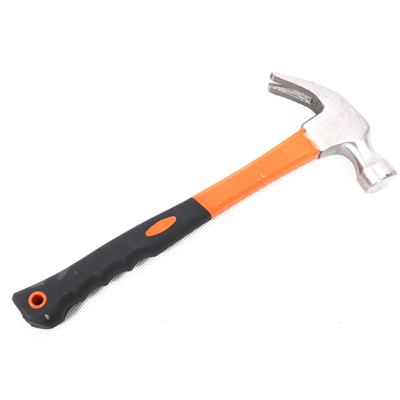Hammers, typically associated with construction and manual labor, have found their way into unexpected places and contexts, showcasing their versatility and adaptability. Here are some examples of how hammers have made appearances beyond traditional construction settings:
- Music and Percussion:
- Hammer-like instruments, such as the hammer dulcimer and the hang drum, produce unique musical tones and rhythms through hammering or striking the instrument’s surfaces.
- Culinary Arts:
- “Meat tenderizers,” which resemble small hammers with textured heads, are used in the kitchen to soften meat by pounding it, illustrating the hammer’s utility in cooking.
- Jewelry Making:
- Jewelers use hammers to shape and texture metal, giving it the desired form and appearance. Delicate hammering techniques create intricate designs.
- Blacksmithing and Art:
- Blacksmiths often create decorative pieces using hammers, shaping metal into intricate patterns, sculptures, and artistic designs.
- Jewelry Hammers:
- In jewelry work, specialized hammers help set gemstones, texture metals, and shape delicate pieces without causing damage.
- Metal Artwork:
- Metal artists use hammers to create sculptures, wall art, and functional pieces, utilizing a range of hammering techniques to manipulate metal sheets and bars.
- Forging Knives:
- Blacksmiths and knife-makers use hammers to forge and shape blades, demonstrating the hammer’s role in crafting high-quality knives.
- Automotive Repair:
- Auto body repair often involves hammering out dents and shaping metal panels to restore the vehicle’s original form.
- Fitness Tools:
- Sledgehammer workouts, where participants use a sledgehammer to hit tires or a large stationary object, have become a popular fitness routine for strength and cardio.
- Metal Embossing:
- Hammering metal sheets against textured surfaces creates embossed designs used in decorative art and crafts.
- Horseshoeing:
- Farriers use specialized hammers to shape horseshoes to fit a horse’s hooves properly, highlighting the hammer’s role in animal care.
- Medieval Reenactments:
- In historical reenactments, blacksmiths and warriors use hammers to showcase traditional craftsmanship and combat techniques.
- Art Conservation:
- Hammers are carefully used in art restoration to remove old nails and other fixtures from frames and artworks without damaging them.
- Ice Sculpting:
- Ice sculptors use various chisels and hammers to shape blocks of ice into intricate sculptures.
- Lapidary Work:
- In gemstone cutting and lapidary work, specialized hammers are used to shape and split stones.
These instances demonstrate that hammers are adaptable tools that find their way into numerous disciplines and activities, often transforming from utilitarian implements into instruments of creativity and precision. The hammer’s versatility extends far beyond construction, showing how innovation and imagination can repurpose and redefine tools in unexpected ways.



































